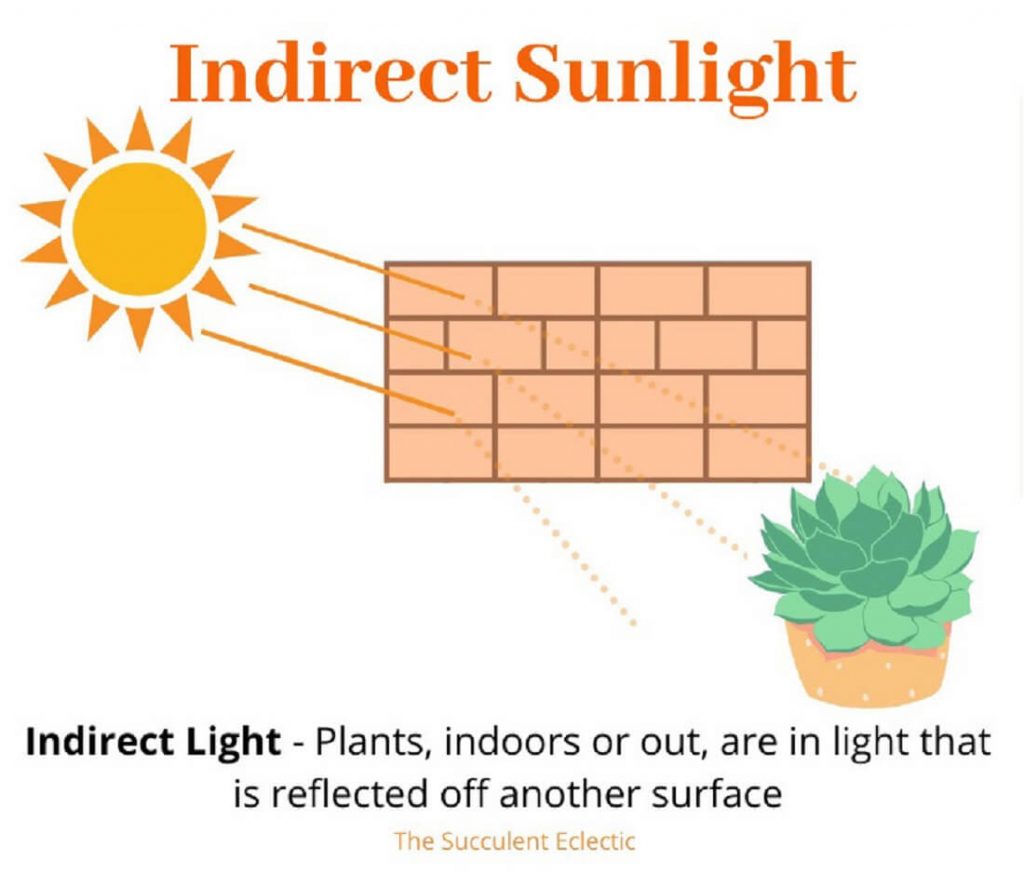Unveil: To Place Plants Direct Sunlight

Imagine your plants as children, eager to bask in the warmth of the sunlight just like you enjoy a sunny day at the park. The question of whether should plants be in direct sunlight often stumps even the most seasoned plant parents. Detailing the nuances between plant health in sunlight and harmful over-exposure, we’ll uncover the mysteries behind direct sunlight and your green friends.
Beneficial Sunlight for Plants
Imagine sunlight as the lifeblood of plants. Without it, photosynthesis—the process that converts light into energy—would be impossible. Beneficial sunlight for plants plays a pivotal role in their overall health and growth. But how much is too much? Understanding this balance is crucial for keeping your plants thriving.
The Impact of Sunlight on Plant Health
The debate on should plants be in direct sunlight hinges on the type of plant and its specific sunlight needs. For instance, succulents and cacti thrive in environments with full sunlight tolerance because they originate from deserts and arid regions. However, tropical plants, typically grown indoors, require less intense sunlight. These plants have adapted indoor plants' sunlight needs to receive indirect light or partial shade.
Think of it like applying sunscreen. Some skin types can handle more sun exposure than others. Similarly, some plants are built to withstand full sunlight, while others would prefer the shade. Recognizing the unique requirements of your plants will maximize your chances of success.
When Too Much Sunlight is Harmful
While beneficial sunlight for plants is indispensable, excessive direct sunlight can be detrimental. Plants that do not have full sunlight tolerance can suffer from sunburn, which shows as brown or white patches on leaves. Moreover, overheating can stunt growth and make plants more susceptible to pests and diseases.
Protecting Sensitive Plants
If you're unsure about how much sunlight your plant can handle, it's safer to start with indirect light. Unlike direct sunlight, indirect light provides a more gentle exposure, nourishing the plant without the risk of sunburn. Monitor your plant’s health over time, adjusting the light exposure as needed.
This approach is akin to testing the water temperature before diving in. Gradually introducing plants to more light allows them to acclimate, reducing the risk of shock and damage.
Indoor vs. Outdoor Plants: Different Sunlight Needs
When determining how much sunlight is appropriate, consider if your plant is indoors or outdoors. Indoor plants' sunlight needs are drastically different from outdoor plants. Those indoor plants that crave the brightest spaces in your home might struggle to get enough light, especially during winter months. Outdoors, plants expect direct sunlight, often thriving better as a result.
The rule of thumb: indoors plants look for places near windows but not directly in sunlight. Outdoors, those plants under bright, direct or dappled sunlight can grow beautifully. Tailor your plant’s location accordingly.
Thinking about this is similar to adjusting your wardrobe seasonally. The amount and intensity of light that suits your plants will change with the seasons, just like the types of clothes you wear.
Maximizing Your Plant’s Sunlight Exposure
Tips for Optimal Sunlight
If your plant craves direct sunlight but you lack sufficient natural light, consider artificial lighting. Grow lights can provide the necessary full-spectrum light for photosynthesis, ensuring your plants stay healthy and vibrant. And remember, placing your plants in the right spot in your home or garden can make all the difference.
On the other hand, if your plant is sensitive to direct sunlight, use curtains or shades to filter the light, creating a safe, indirect light environment. This way, you can still give your plant the benefits of sunlight without risking damage.
Conclusion and Next Steps
So, should plants be in direct sunlight? The answer lies in understanding your plant’s specific needs and acclimating them to their environment gradually. Whether it’s a sun-loving succulent or a delicate tropical, providing the right amount of beneficial sunlight for plants is key to ensuring their health and happiness.
As you embark on your gardening journey, take time to observe your plants and adjust their care accordingly. Consider the type of plant, its origin, and the season. What suits one plant might not work for another. So, what steps will you take to optimize the sunlight exposure for your plants? Reflect on the unique needs of your green companions and explore more about how to cater to them effectively.
Now that you're equipped with knowledge, visit our Plant Care Resources to dive deeper into the fascinating world of plant health. Discover more guides and tips to help your plants thrive!
FAQs
1. How can I tell if my plant is getting too much sunlight?
Signs of excessive sunlight include brown or white patches on leaves, wilting, and a general lack of vigorous growth. If you notice these symptoms, consider moving your plant to a location with less direct sunlight.
2. What type of plants require full sunlight?
Plants that typically need full sunlight tolerance include succulents, cacti, and many herbs such as rosemary and lavender. These plants thrive in environments with at least six hours of direct sunlight per day.
3. How can I provide enough light for indoor plants?
Place your indoor plants near windows that receive bright, indirect light. Additionally, you can use grow lights that mimic natural sunlight to supplement indoor light conditions.
4. Can indoor plants survive in direct sunlight?
Some indoor plants can handle direct sunlight, but many prefer indirect light. It’s best to gradually acclimate your plants to direct sunlight to avoid sunburn and monitor their health closely.
5. What should I do if my plant shows signs of sunburn?
If your plant exhibits sunburn symptoms, move it to a location with less direct sunlight immediately. Allow the plant to recover and monitor it for any additional signs of stress. You can also provide it with extra water and humidity to aid in its recovery. ```
0 Response to " Unveil: To Place Plants Direct Sunlight"
Post a Comment